Pill Bugs
Pill bugs, also known as sowbugs, woodlice, or roly-polies, are small, segmented crustaceans that belong to the order Isopoda. Despite their appearance, they are not insects; rather, they are more closely related to shrimp and crayfish. Pillbugs are typically characterized by their oval-shaped, grayish to brownish exoskeletons and their ability to roll into a tight ball when threatened, giving them their "roly-poly" nickname.
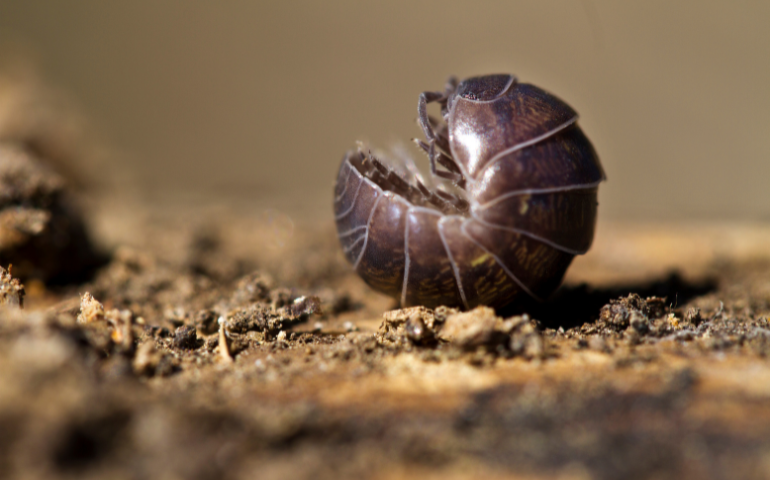
This grayish pill bug is the most widespread and easily recognizable species. It can roll into a tight ball as a defense mechanism and is commonly found in gardens, under rocks, and in leaf litter worldwide.
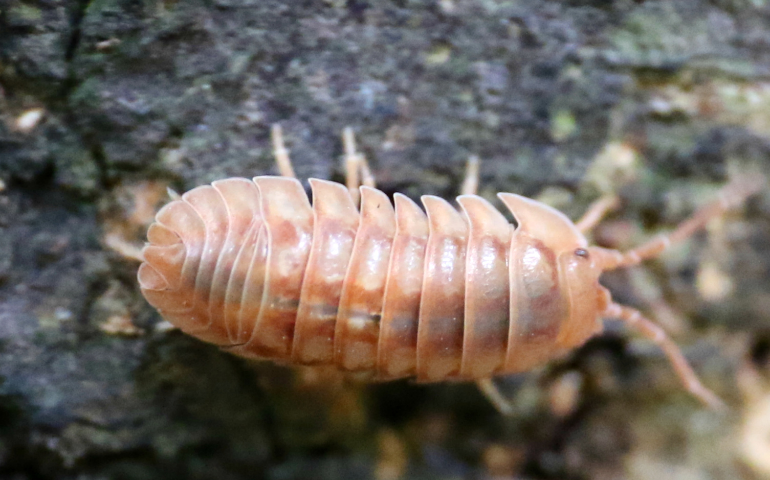
Distinguished by its pinkish legs and slightly larger size, this pill bug resembles the common variety. It thrives in moist environments such as gardens and compost areas.
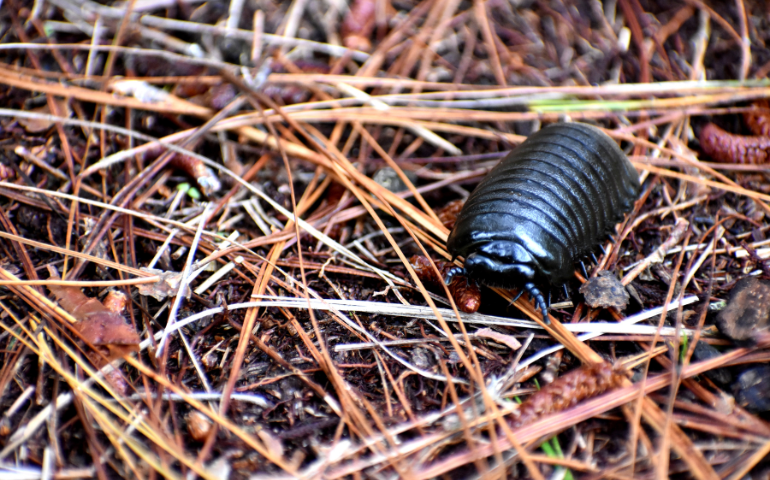
Known for its flattened body and darker coloration, Klug's pill bug can curl tightly for protection. It typically inhabits leaf litter, under bark, and other sheltered spots in temperate regions.
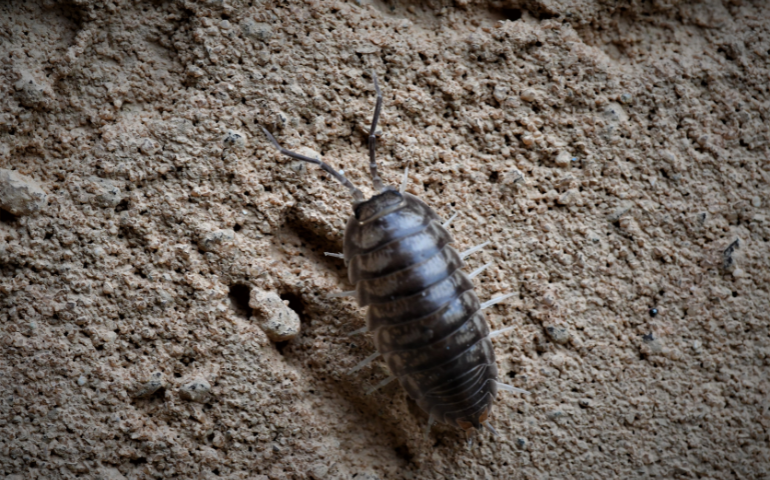
This species has a smooth, uniform gray exoskeleton without ridges. It is commonly found in damp soil, gardens, and areas rich in organic matter.
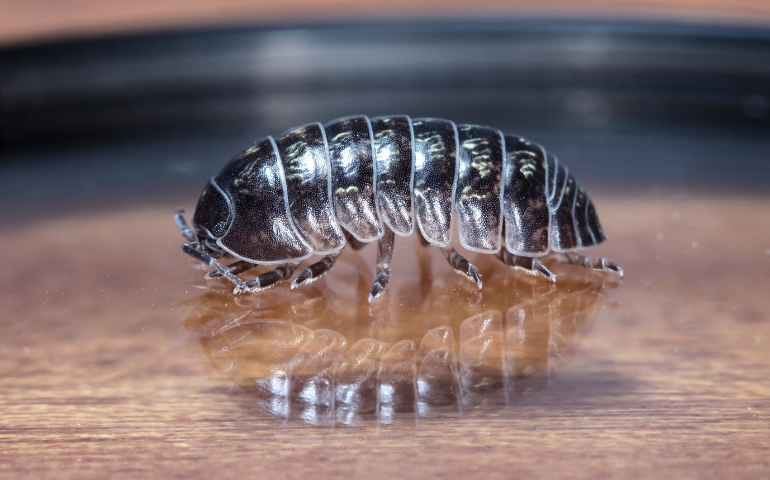
Although technically a woodlouse, Porcellio scaber is often grouped with pill bugs due to similar habitats and behaviors. It features a rough, granular back and cannot roll into a ball, thriving under stones, logs, and in both natural and urban moist environments.
Where Can I Find Pill Bugs?
Pillbugs are commonly found in damp, cool environments, and they play a crucial role in breaking down decaying organic matter. Here are common places where you might find pillbugs:
- Gardens: Pillbugs are often found in gardens, especially in areas with moist soil and decaying plant material. They contribute to the decomposition process by feeding on organic matter.
- Under Rocks and Logs: Pillbugs seek shelter and moisture under rocks, logs, and other debris on the ground. These areas provide a suitable habitat for them to thrive.
- Mulch Beds: Pillbugs are attracted to mulch beds because they provide a moist environment and a continuous supply of decaying organic material.
- Compost Piles: Compost heaps are ideal habitats for pill bugs as they feed on decomposing organic matter. While they aid in the composting process, large populations might be considered a nuisance.
- Damp Basements: In homes, pillbugs may enter basements or crawl spaces in search of moisture. If there are cracks or gaps in the foundation, pillbugs may find their way indoors.
- Leaf Litter: Pillbugs are commonly found in leaf litter on the forest floor, where they contribute to the decomposition of fallen leaves.
- Moist Areas: Generally, pillbugs are associated with moist environments. Areas with high humidity levels, such as near ponds or streams, can also attract pillbugs.
Why Do I Have Pill Bugs?
The presence of pill bugs in and around your home can be attributed to several factors, and understanding these factors can help you address the issue. Here are some common reasons why you might have pillbugs:
- Moisture: Pillbugs thrive in damp environments. If there are areas around your home with excess moisture, such as leaky pipes, damp basements, or areas with poor drainage, it can attract pillbugs.
- Decaying Organic Matter: Pillbugs feed on decaying plant material. If you have a garden, compost pile, or areas with decomposing leaves and wood debris near your home, it provides an ideal food source for pillbugs.
- Mulch Beds: Mulch is commonly used in landscaping, but it can also create a favorable habitat for pillbugs. They are attracted to the moisture-retaining properties of mulch and the decaying organic matter within it.
- Cracks and Gaps: Pillbugs may enter your home through cracks or gaps in the foundation, walls, or around windows and doors. Inspect your home for potential entry points and seal them to prevent pill bugs from getting indoors.
- Cool, Shaded Areas: Pillbugs are nocturnal and prefer cool, shaded areas during the day. If you have dark, secluded spaces around your home, such as under rocks or in crawl spaces, it could attract pillbugs.
- Overwatering: Overwatering your garden or yard can create excessively moist conditions, providing an attractive environment for pill bugs.
It’s important to note that while pillbugs are not harmful to humans, they can become a nuisance if they enter homes in large numbers. If you’re dealing with an indoor infestation, addressing moisture issues and sealing entry points can help reduce their presence. Outdoors, maintaining a well-kept garden and minimizing damp conditions around your home can also discourage pillbugs from becoming a nuisance.
How Do I Get Rid Of Pill Bugs?
To reduce or eliminate the presence of pillbugs, consider taking the following steps:
- Address Moisture Issues: Fix any leaks, improve drainage, and ensure proper ventilation to reduce excess moisture around your home.
- Clean Up Debris: Remove decaying organic matter, such as leaves, wood, and dead plant material, from around your home and garden.
- Limit Mulch: If you use mulch, avoid piling it too close to the foundation of your home. Use it sparingly and keep it well-aerated.
- Seal Entry Points: Seal any cracks or gaps in the exterior of your home to prevent pill bugs from entering.
- Pest Control: If pill bug infestations persist or become overwhelming, consider calling Alta Pest Control. We can assess the situation, provide targeted treatments, and offer ongoing pest management solutions.
By addressing these factors, you can create an environment that is less attractive to pillbugs, reducing the likelihood of an infestation. Contact Alta Pest Control today if you’re dealing with a pill bug infestation!
